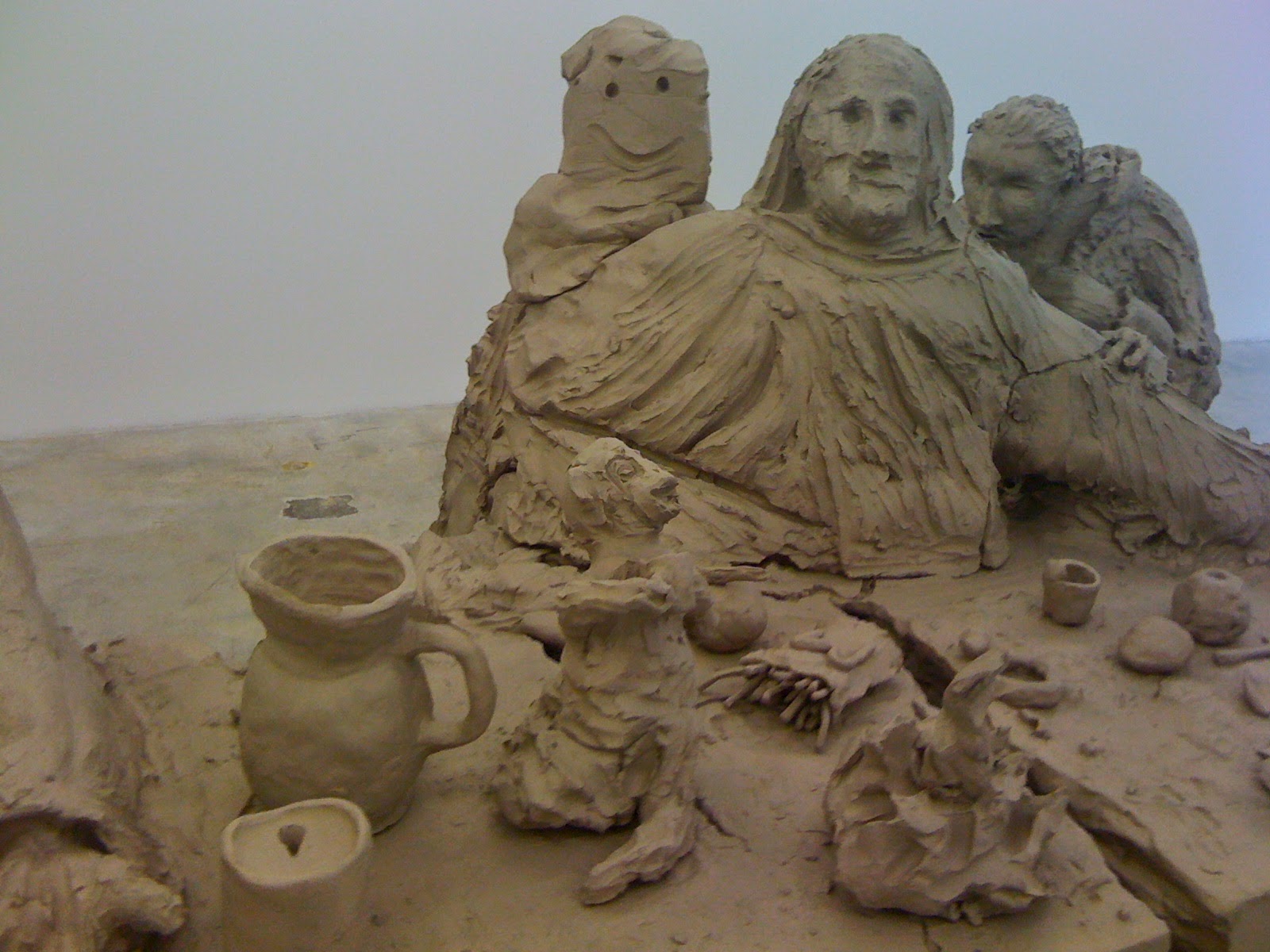A Stroll Down Park Avenue.
This semester my Intro to Art class has followed the Richard Prince case and debated the whole idea of artists using other people’s images in their work. Conveniently, both Richard Prince and Andy Warhol have shows up. First we went to see the Warhol paintings of Jackie Kennedy at Blain/DiDonna. The students felt that through the silkscreen process Warhol had transformed the images he worked with, and was therefore justified in using them. With Prince (across the avenue at Gagosian) they were less than enthusiastic and simply didn’t think the work merited any attention. We went over ideas related to appropriation and context but they feigned a total lack of interest. I told them that with a couple more years of art school they’d be on board. They doubted it.
In the same Gagosian location there is an interesting selection of Ed Ruscha paintings on view and while there I was reminded that there’s a new Gagosian space on 75th & Park Ave. It’s called Park & 75 and has an Urs Fischer show. That guy has been busy. I don’t always pay a lot of attention to the artist-as-provocateur pack, but he seems to be the leader of it (of course Sarah Lucas, and others, might dispute that).
Working ideas that most artists have had or have, Fischer torques them and pushes them to extremes while using a blatant “in your face” approach (the hole in the gallery floor, the melting figures, the reproduction of the wall placed on the wall being reproduced, etc.). At Park 75 he has a large piece. It’s a cast metal sculpture that was made from a collaborative process with a whole lot of people (kids included).
It’s a roughly modeled send up of the Last Supper where the figures eat hot dogs, drink beer, grab each others’ asses and, in general, engage in horseplay and convivial debauchery. Gotta love his energy and free spirit. Maybe.
Walking south down Park Ave I came upon a series of Alice Aycock sculptures. When I was a student and she was an emerging artist I followed her work and that of her contemporaries: Charles Simonds, Mary Miss, George Trakis, Gordon Matta-Clark, etc. They were the generation that came after the Earthworks artists, but they didn’t need to go way out into the desert with bulldozers and dump trucks to make their work. They could simply go to the end of a parking lot with string and wooden stakes and make a piece. They could go up to the Bronx with a chainsaw and cut out shapes in abandoned buildings, or walk around the lower eastside with a bag of wet clay and pre-made miniature bricks improvising cliff dwellings on the craggily surfaces of dilapidated buildings. They could make work in Jersey that mattered. That was when an alternative scene had emerged that was equal but different then the gallery world, or so it seemed at the time. Aycock’s aluminum swirls on Park Ave are a world away from those days.
Continuing south, on the way to another Warhol show, I discovered another Fischer show. That guy seems to be at a point in his career where he has the ability to make anything he can think up. In the Lever Building he has mirrored boxes with printed images of objects on them. A kind of Pop Art/Minimal Art fusion. Didn’t Warhol do that?
The Erasure of Josef Albers.
There is an Andy Warhol exhibit of Polaroids in the hallway of 717 5th Ave, just past the reception desk. Behind the reception desk is a large gold leaf Josef Albers mural that is routed into the marble wall.
The Warhol portraits are minor (though Tatum O’Neal is cute) but the Albers mural is a major work. Restored in the early 90’s with real gold leaf (the original used a cheaper substitute) it is one of only two that remain in midtown. The other one is in the Time-Life Building.
At one time Albers had four murals in midtown. Perhaps his most prominent, but often unnoticed, was in the old Pan Am building (now the Met Life building). Tightly installed over the escalators that descended into Grand Central, it was taken down when they redid the lobby in 2001.
His most visible mural was in another building on 6th Ave. It was a large drawing done with red & white tile that was visible from the street. But that was also lost to a lobby redo.







No comments:
Post a Comment